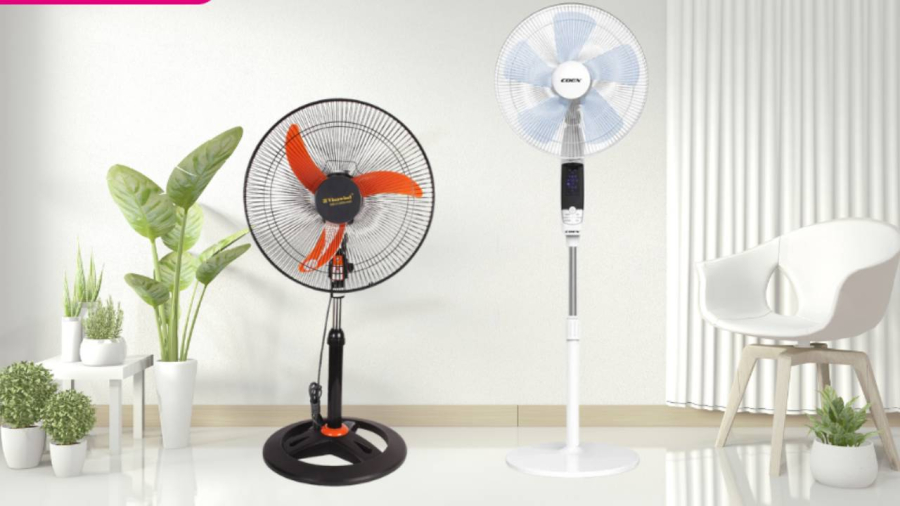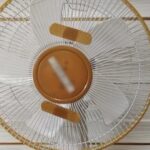Understanding the Difference Between 3-Blade and 5-Blade Fans
When a fan is turned on, electricity powers the motor to rotate the fan blades, generating airflow to cool the space and the user. The number of fan blades can vary, with some fans featuring five blades and others only three. So, which is more cooling – a five-blade or a three-blade fan? This is a common question among consumers.
According to experienced professionals, the number of fan blades is not the primary factor influencing the cooling efficiency of a fan. However, an important principle to note is that the shorter the distance between the fan blades, i.e., the closer they are to each other, the more air the fan will produce, and the airflow will also be more stable.

3-Blade vs. 5-Blade Fans
When comparing a five-blade and a three-blade fan mounted on the same axis, the five-blade fan will have its blades positioned closer together, resulting in superior airflow generation.
According to Crestar Fan, a multi-award-winning company with extensive experience in the fan industry in Singapore, fans with more blades tend to operate more quietly and produce less noise. The increased number of fan blades can provide more resistance to the motor, creating an ideal balance between airflow and noise.
On the other hand, three-blade fans offer the advantage of energy efficiency. With fewer blades, the rotational weight of a three-blade fan is lighter, and thus it consumes less energy to operate.
Experts explain that when the fan blades move to create airflow, a reverse force called drag is generated, reducing the airflow. This causes the fan to require more electrical power to maintain its operation.
Due to this energy efficiency, three-blade fans are commonly used in large fans in industrial areas or public spaces where fans are used continuously.
Why Do Fans Typically Have an Odd Number of Blades?
Consumers often observe that fans usually have an odd number of blades, such as three or five. The reason for this is that an odd number of blades helps the fan maintain two symmetry centers, ensuring balance and stability, which is crucial for safe operation at high speeds.
Fans with an even number of blades, especially those with two symmetrical blades, run the risk of blade breakage due to resonance vibration. This can cause fatigue and eventual breakage of the blades over extended use.
However, there are still fans on the market with an even number of blades, usually four. Four-blade fans produce less noise and are suitable for rooms with frequent air conditioner use, providing a gentle cooling effect when not in constant use.
In addition to the number of blades, the material, design, size, and tilt angle of the fan blades can also influence the cooling efficiency of the fan.
The Ancient’s Warning: The Three Roadside Omens to Avoid Bringing Home.
Introducing the ancient wisdom: a guide to avoiding household hazards. Our ancestors believed that certain items brought home could invite misfortune and disaster. Uncover the secrets to protecting your family and home from potential calamities. Prepare to embark on a journey of enlightenment, where we’ll explore the power of language and writing to create captivating content that stands out from the rest.














